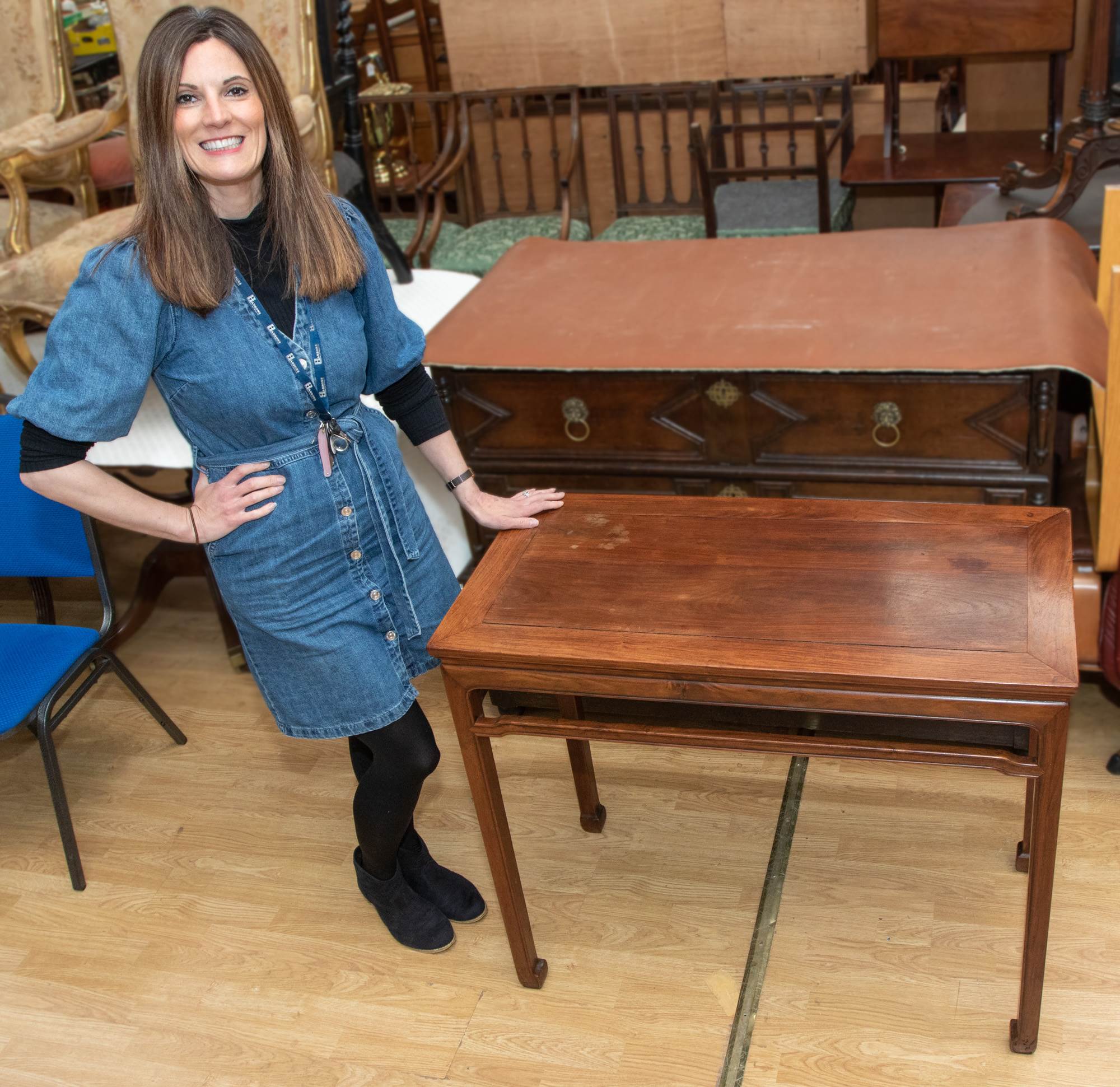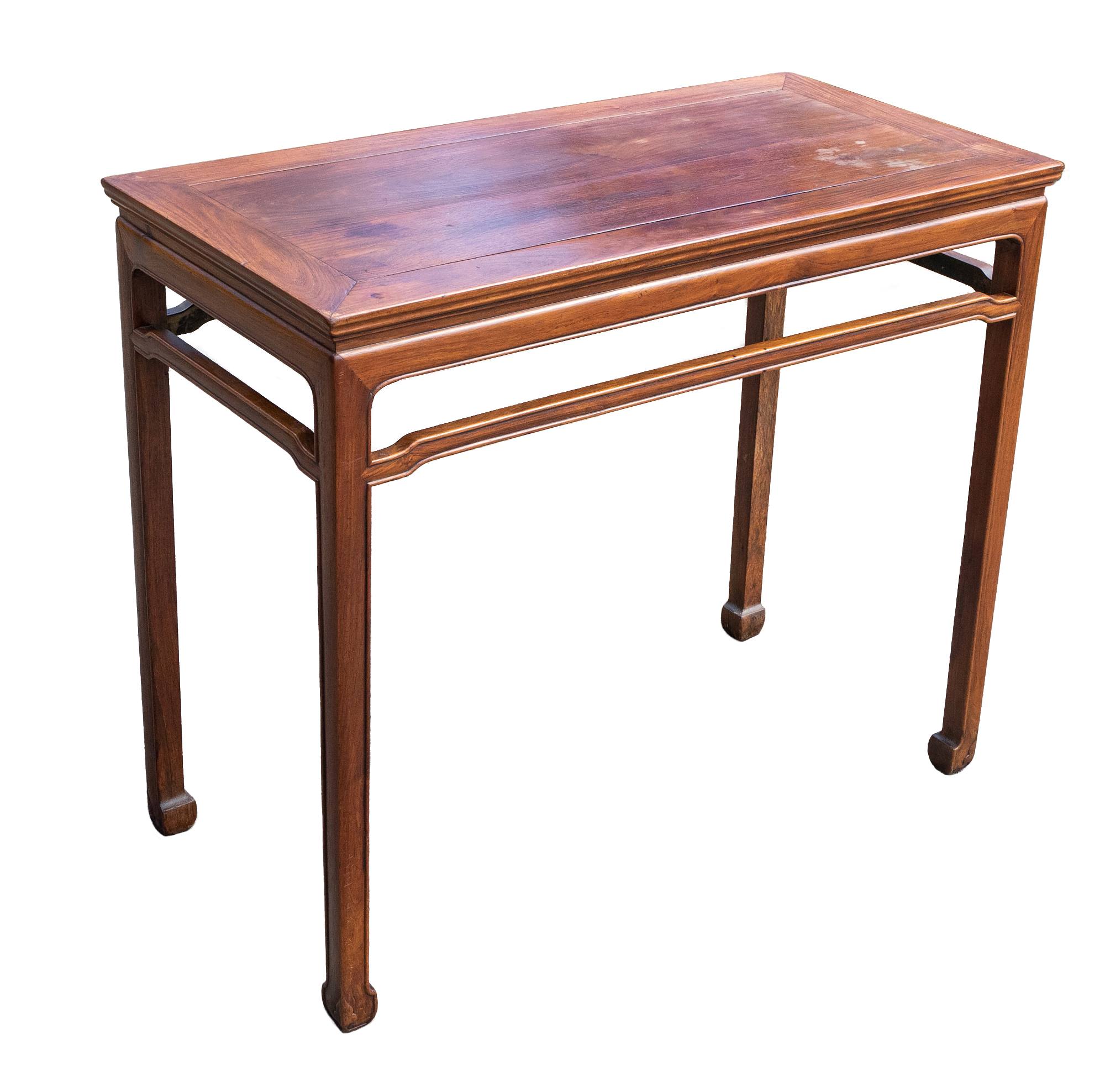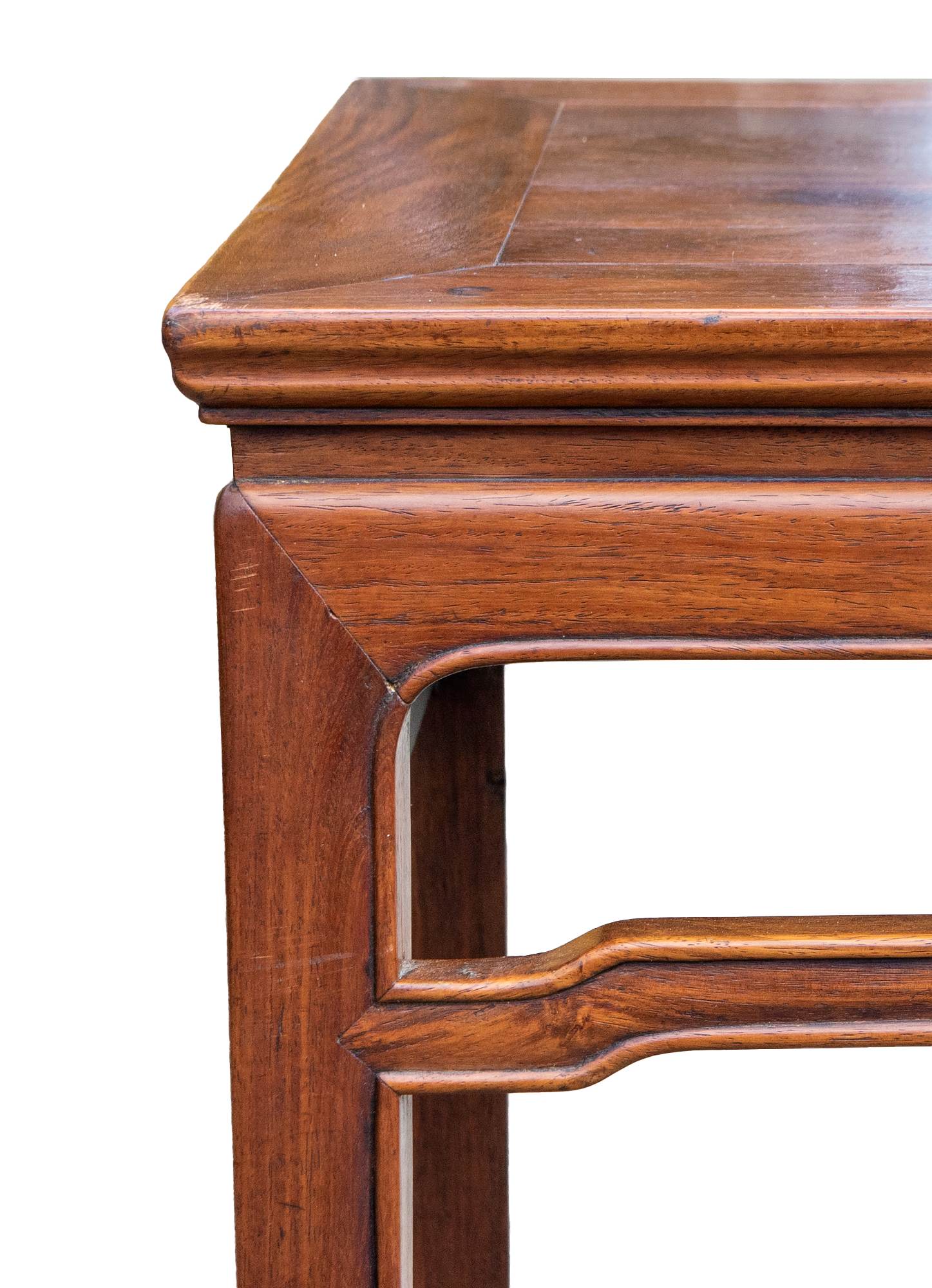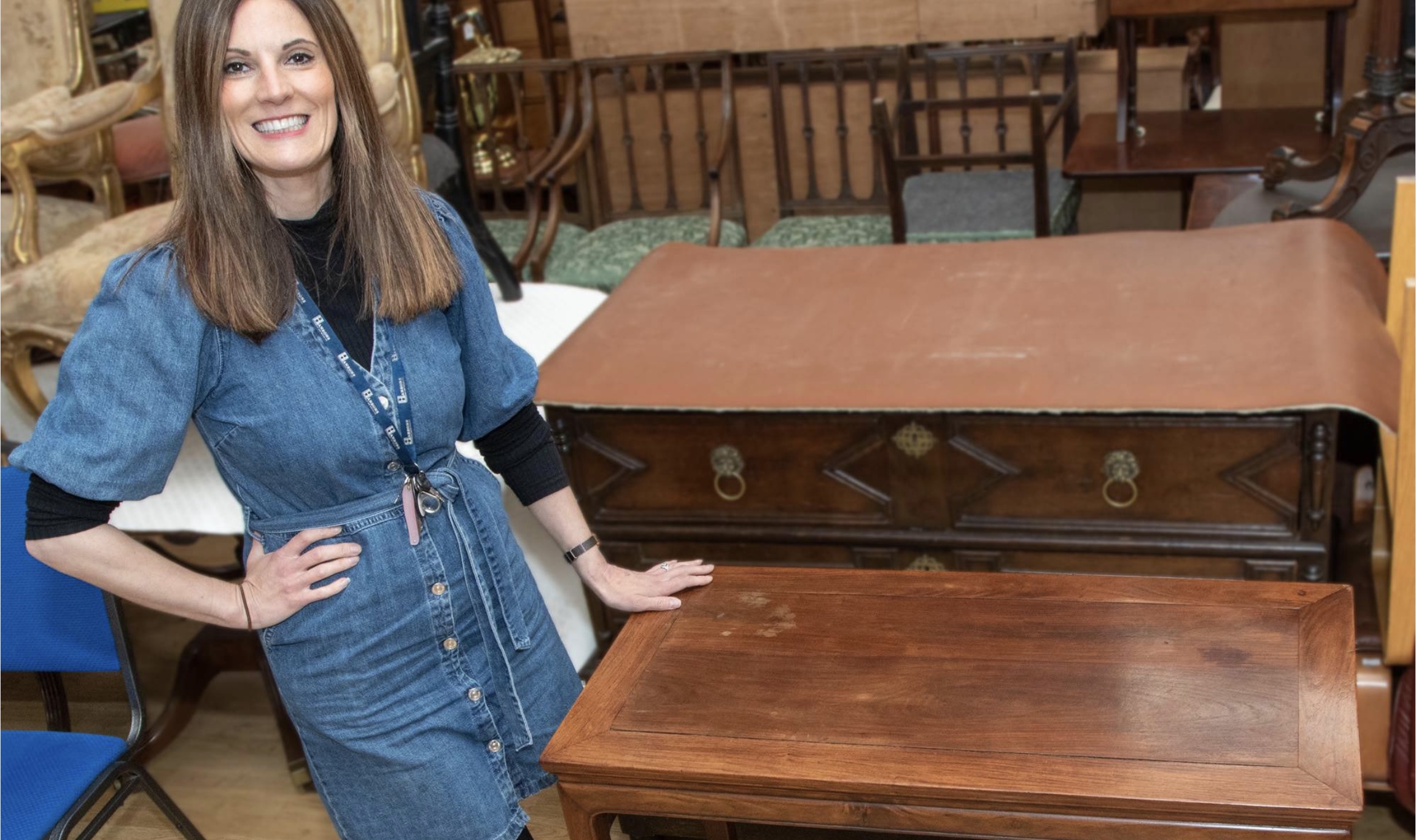#400yearold #Chinese #table #thousands #Antique #Collecting
 A 400-year-old Chinese table could achieve £100,000 at auction – around half the value of the Derby house where it was found.
A 400-year-old Chinese table could achieve £100,000 at auction – around half the value of the Derby house where it was found.
Charles Hanson, owner of Hansons Auctioneers, discovered the antique treasure, which dates back to circa 1600, in a two-up-two-down property in the city. It has been valued at £50,000-£80,000 but is expected to exceed that figure at auction.

Charles said: “It’s a really important table. Though it was made centuries ago, its simplicity reflects modern design. It is a work of art. It was crafted during the Ming Dynasty period which dates back to 1368-1644. Its simplicity defines modern style. Hansons’ Asian works of art consultant Adam Schoon has dated the table to around 1600. To put that into historical context, that was the end of the Tudor period in England and Wales.”
The Banzhuo side table is made of huanghuali wood, which was used to make fine furniture in China centuries ago. It measures 94cm wide, 79cm high and 47cm deep and has a floating panel construction, supported by three dovetail transverse stretchers underneath.

It is an example of the finest Ming furniture, the pinnacle of table design. Items like this are mentioned in 16th-century Chinese novels about life in grand houses. Its design has been seen in wall murals relating to the Jinyuan Dynasties of 1115-1368. It would have been owned by a high-ranking member of society, perhaps a government official or magistrate.
Banzhuo literally means ‘half table’ and is so-called for its size, which is half that of an ‘eight immortals table’. The banzhuo was mainly used for serving wine and food and is also sometimes referred to as a jiezhuo, meaning extension table. There is a similar table in London’s Victorian and Albert Museum and in the Central Academy of Arts and Crafts in Beijing, China.
“The sellers were aware of its importance and potential high value,” said Charles Hanson. “They inherited it from a relation who was ‘head-over-heels for anything Asian’ and had a real understanding of architectural beauty.
“Despite its age, it displays minimal lines to suit modern interiors. The simplicity of its construction is impressive too. It has mortise and tenon joints, which have been used by woodworkers round the world for thousands of years.

The industrial revolution of the early Ming Dynasty led to a golden age in furniture design. Emperor Longqing (1567-1572) lifted a ban on maritime trade which allowed huanghuali, a tropical hardwood, to be imported from South-east Asia.
“Huanghuali (Dalbergia odorifera) literally translates to ‘yellow flower pear’. It is a slow-growing, small-to-medium-sized tree. With little supply of wood, the availability of furniture made from it is limited, adding to the table’s rarity. The wood itself is a thing of beauty. Its dense, beautifully-figured grain displays a broad range of colours from pale honey to rich mahogany. It polishes to a translucent golden sheen. The finest huanghuali has a translucent shimmering surface with abstract patterns,” Charles said.
Ming huanghuali furniture was admired for its simplicity and purity by wealthy Europeans who savoured the Ming aesthetic. After a long period of China being closed off from the world, it was seen as a symbol of an emancipated China that had once again opened its doors.
Charles explained: “Today huanghuali furniture it is in demand at auction. It appeals to wealthy collectors from the Far East due to its elegance and historical significance. They’re keen to repatriate works of art to their homeland to celebrate and honour their culture.”




